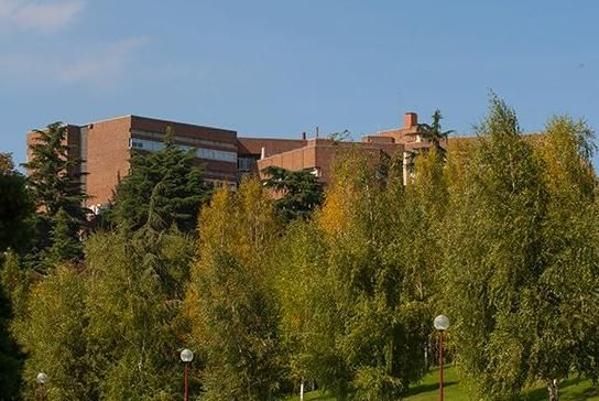Facultad de Farmacia y Nutrición (FFN)
Centro académico


University of Cambridge
Cambridge, Reino UnidoPublicaciones en colaboración con investigadores/as de University of Cambridge (23)
2020
-
A review of evidence supporting current strategies, challenges, and opportunities to reduce portion sizes
Nutrition Reviews, Vol. 78, Núm. 2, pp. 91-114
-
Portion size estimation in dietary assessment: a systematic review of existing tools, their strengths and limitations
Nutrition Reviews, Vol. 78, Núm. 11, pp. 885-900
2019
-
Inter-individual variability in the production of flavan-3-ol colonic metabolites: preliminary elucidation of urinary metabotypes
European Journal of Nutrition, Vol. 58, Núm. 4, pp. 1529-1543
-
One-pot stapling of interchain disulfides of antibodies using an isobutylene motif
Organic and Biomolecular Chemistry, Vol. 17, Núm. 7, pp. 2005-2012
2018
-
Body mass index is negatively associated with telomere length: A collaborative cross-sectional meta-analysis of 87 observational studies
American Journal of Clinical Nutrition, Vol. 108, Núm. 3, pp. 453-475
-
Chemo- and Regioselective Lysine Modification on Native Proteins
Journal of the American Chemical Society, Vol. 140, Núm. 11, pp. 4004-4017
-
Enhanced Permeability and Binding Activity of Isobutylene-Grafted Peptides
Chembiochem : a European journal of chemical biology, Vol. 19, Núm. 1, pp. 48-52
2017
-
Dietary assessment in minority ethnic groups: A systematic review of instruments for portion-size estimation in the United Kingdom
Nutrition Reviews, Vol. 75, Núm. 3, pp. 188-213
-
In situ characterization of advanced glycation end products (AGEs) in collagen and model extracellular matrix by solid state NMR
Chemical Communications, Vol. 53, Núm. 100, pp. 13316-13319
-
Oxetane Grafts Installed Site-Selectively on Native Disulfides to Enhance Protein Stability and Activity In Vivo
Angewandte Chemie International, Vol. 56, Núm. 47, pp. 14963-14967
-
Site-Selective Modification of Proteins with Oxetanes
Chemistry - A European Journal, Vol. 23, Núm. 27, pp. 6483-6489
-
The Use of Fluoroproline in MUC1 Antigen Enables Efficient Detection of Antibodies in Patients with Prostate Cancer
Journal of the American Chemical Society, Vol. 139, Núm. 50, pp. 18255-18261
2016
-
Catabolism of raw and cooked green pepper (Capsicum annuum) (poly)phenolic compounds after simulated gastrointestinal digestion and faecal fermentation
Journal of Functional Foods, Vol. 27, pp. 201-213
-
Stoichiometric and irreversible cysteine-selective protein modification using carbonylacrylic reagents
Nature Communications, Vol. 7
-
Tn Antigen Mimics Based on sp2-Iminosugars with Affinity for an anti-MUC1 Antibody
Organic Letters, Vol. 18, Núm. 15, pp. 3890-3893
2015
-
Assessing the carcinogenic potential of low-dose exposures to chemical mixtures in the environment: The challenge ahead
Carcinogenesis, Vol. 36, pp. S254-S296
-
Collagen labelling with an azide-proline chemical reporter in live cells
Chemical Communications, Vol. 51, Núm. 25, pp. 5250-5252
-
Deciphering the Non-Equivalence of Serine and Threonine O-glycosylation Points: Implications for Molecular Recognition of the Tn Antigen by an anti-MUC1 Antibody
Angewandte Chemie International, Vol. 54, Núm. 34, pp. 9830
-
Genetic variation at MECOM, TERT, JAK2 and HBS1L-MYB predisposes to myeloproliferative neoplasms
Nature Communications, Vol. 6
-
New insights into the bioavailability of red raspberry anthocyanins and ellagitannins
Free Radical Biology and Medicine, Vol. 89, pp. 758-769